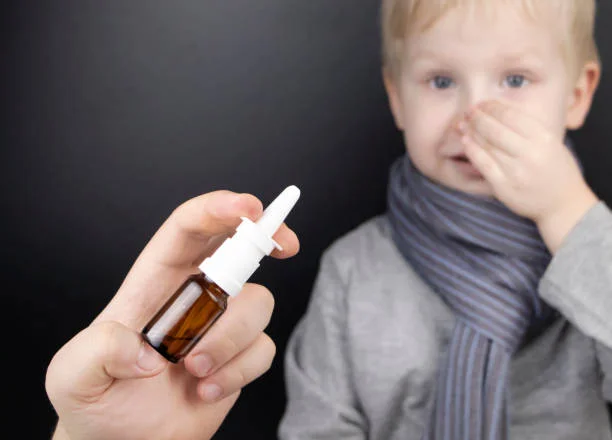Parents often struggle when children develop nasal congestion during the cold season. Over-the-counter medications promise quick relief from stuffed noses and breathing difficulties. Young patients require different treatment approaches than adults due to developing systems.
Childhood respiratory issues demand careful medication selection based on age and weight factors. A nasal decongestant for kids involves understanding safety guidelines established by medical authorities. Professional healthcare providers offer valuable guidance for treating congested children safely. Let’s explore the essential safety information parents need before choosing decongestant treatments.
There’s so much more to discover—browse our related posts!
Following FDA Rules for All Ages
The FDA restricts most oral decongestants for children under two years old. Safety concerns and limited research prevent approval for this vulnerable age group. Serious adverse events have occurred with decongestant use in infants. Children aged two to six face additional restrictions on decongestant medications.
Clinical studies lack sufficient data for establishing safety in preschoolers. Many pediatricians avoid recommending these products for young children entirely. Careful measurement becomes critical for preventing overdose situations.
Common Decongestant Types and Safety Profiles
Pseudoephedrine and phenylephrine represent the primary oral decongestant ingredients available. These medications shrink swollen nasal tissues by constricting blood vessels. Systemic absorption can affect heart rate and blood pressure levels.
Nasal spray decongestants work directly on congested tissues with faster action. Oxymetazoline sprays provide rapid relief but risk creating dependency problems. Overuse leads to rebound congestion, requiring increased medication amounts.
Possible Reactions and Health Considerations
Stimulant properties in decongestants can disrupt normal sleep patterns significantly. Children may experience increased hyperactivity and difficulty settling for bedtime. Heart rate acceleration creates concerns for children with cardiac conditions.
Appetite reduction commonly occurs with oral decongestant use in children. Decreased food intake affects nutritional status during illness recovery periods. Growing children need adequate calories for proper immune system function.
Alternative Treatment Approaches
Humidified air helps loosen thick secretions naturally without medication side effects. Cool-mist humidifiers add moisture to dry indoor environments effectively. Regular cleaning prevents bacterial contamination of humidifier reservoirs and output.
- Increase fluid intake to thin nasal secretions naturally
- Use saline drops for gentle nasal passage cleaning
- Apply warm compresses to reduce facial pressure sensations
- Elevate the head during sleep for improved drainage
- Remove environmental irritants like dust and strong scents
Steam from warm baths creates temporary congestion relief for older children. Essential oils should be avoided due to potential respiratory irritation. Adult supervision ensures safe exposure to warm steam environments.
Recognizing the Need for Medical Intervention
Symptoms lasting longer than the typical cold duration require medical evaluation. Bacterial infections need prescription antibiotics rather than over-the-counter treatments. Persistent congestion may indicate underlying sinus complications. A fever above normal ranges combined with severe facial pain warrants immediate attention.
These symptoms suggest bacterial sinusitis requiring professional medical intervention. Headaches with congestion can indicate spreading infection patterns. Emergency care becomes necessary when children struggle to breathe normally.
Professional Pediatric Guidance and Treatment Planning
Pediatric specialists understand age-specific medication considerations for treating childhood congestion safely. Training in developmental differences helps providers select appropriate treatments. Individual medical histories influence medication recommendations and dosing calculations.
Treatment plans address specific symptoms while considering each child’s health background. Professional guidance helps distinguish viral infections from bacterial conditions effectively. Preventive strategies reduce future congestion episodes through environmental modifications.
An over-the-counter nasal decongestant for kids presents safety concerns for children across different age groups. Age restrictions and potential side effects require careful evaluation before use. Alternative treatments often provide effective relief with reduced safety risks. Professional pediatric guidance ensures appropriate treatment selection for individual children’s needs.
Browse all categories in one place by returning to 2A Magazine.







